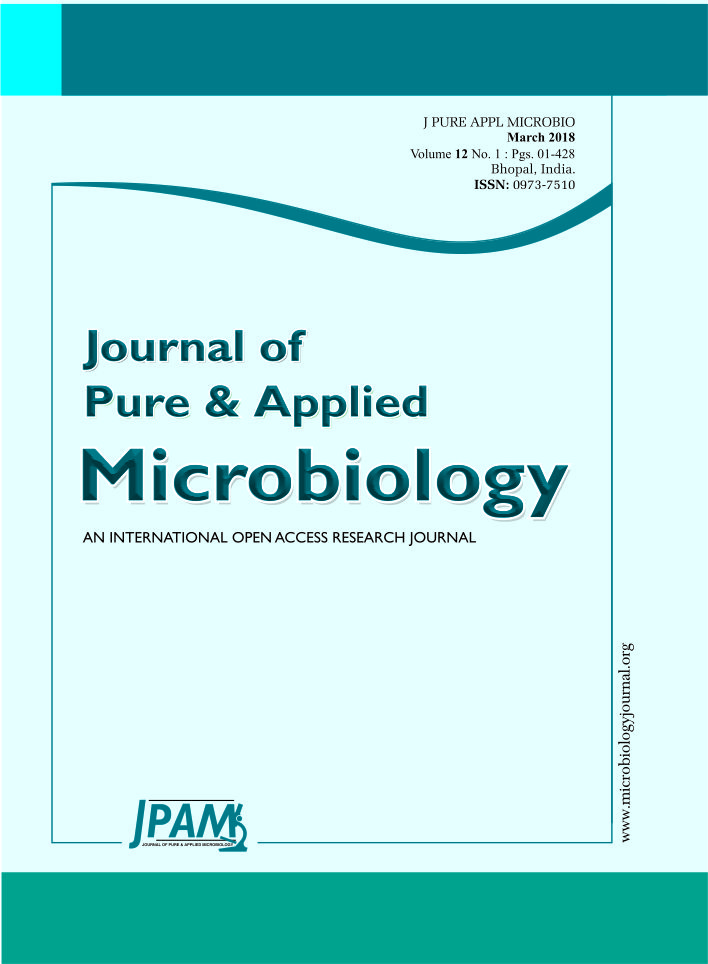Multi – drug resistant (MDR) P. aeruginosa had emerged in Iraq and seen mainly in the hospitals is due to the selective pressure by over usage of antibiotics. P. aeruginosa considered as a serious therapeutic challenge for treatment of both nosocomial and community-acquired infections. For this reason the selection of the appropriate antibiotic to initiate therapy is essential to optimizing the clinical outcome 1,2. The recent research was design to detect and characterized the antibiotic resistant patterns of P. aeruginosa and also to detect the presence of bacterial plasmid of multiple antibiotic resistant strains that’s obtained from clinical burns samples in Baghdad, against some of the commonly prescribed antibiotics. Out of 52 Pseudomonas aeruginosa isolates were collected from 152 burns swabs at two teaching hospitals in Baghdad city. Purified isolates of diagnosed P.aeruginosa were underwent to various morphology, biochemical tests, antibiotic sensitivity testing by using discs diffusion method as recommended and developed by CLSI. Only the seventieth MDR bacterial isolates were underwent for profiling of plasmid. Fourteen different antibiotics discs will be use to detect the drug susceptibility and bacterial isolates resistance pattern , and the plasmid will be extracted by using commercial plasmid isolation kit ( Promega company / USA) and electrophoresis of the plasmid will be done by using o.8% agarose gel. The examined isolates were expressed resistance pattern as following: Piperacillin 2 (3.84%); Ciprofloxacin 6 (11.53%); Aztreonam 8(15.38%), Ceftazidime 9(17.30%); Amikacin 10 (19.23%); Levofloxacin 10 (19.23%); Gentamycin 12(23.07%); Meropenem 15(28.84%); Mezlocillin 20(38.46%); Tetracycline 37(71.15%); Imipenem 22 (42.30%); Trimethoprim – sulfamethoxazol 32(61.53%); Nalidixic acid 46(88.46%); and Amoxicillin 49(94.23. The result of the plasmid profiling has been revealed that there were five detectable plasmids 5 (29.41) out of 17 MDR P. aeruginosa isolates while, the remaining twelve (70.58%) bacterial isolates were lacked plasmid. Four isolates ( 23.52%) isolates expressed single sized plasmid (550 – 800bp) and only one (5.88%) isolate was expressed double plasmids between (550-940 bp) The present study was determined the dangerous of MDR P. aeruginosa and it constitute a major and strict problem in our hospitals. Eradication and control methods should be used to avoid and prevent the spreading of this threat. In addition, avoid over usage of any antibiotic to overcome the evolution of resistance. The combination of antibacterial sensitivity test with detection of the plasmid might be the easiest, cheapest, and effective method for clarifying the origin of infection
Plasmid profiling, Multi – drug Resistant, Pseudomomnas aeruginosa.
© The Author(s) 2018. Open Access. This article is distributed under the terms of the Creative Commons Attribution 4.0 International License which permits unrestricted use, sharing, distribution, and reproduction in any medium, provided you give appropriate credit to the original author(s) and the source, provide a link to the Creative Commons license, and indicate if changes were made.


